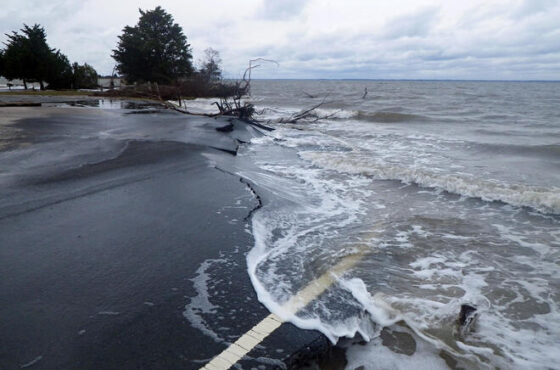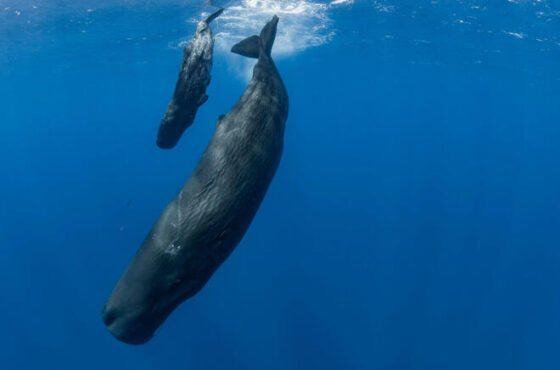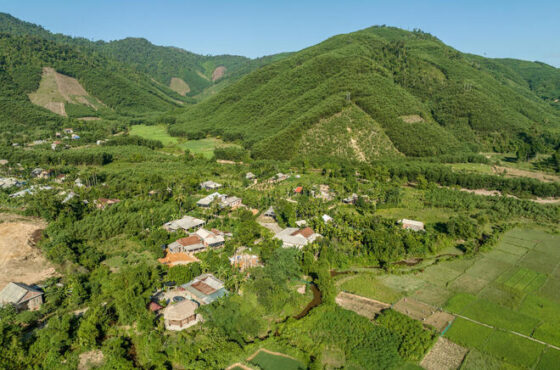A Western ISO: The Role of FERC in Transmission Service
Published by the Natural Resources Defense Fund
Discussion continues over whether to transform the California Independent System Operator (CAISO) into a multi-state transmission grid operator that includes other western utilities. But there shouldn’t be any debate over the potential economic and environmental benefits of regionalizing the west’s high voltage transmission system, which would be significant for Californians and the residents of other western states.
The need for more specific study of the benefits that regionalization may offer to any given state remains, but there is no doubt that expanding the region’s electric system backbone that would be operated by an Independent System Operator (ISO) will allow for even more rapid and cost-effective integration of wind and solar power into the electricity mix than is already happening and lower the cost of meeting state and federal environmental regulations. Regionalization of the high-voltage grid also will provide an opportunity for power industry competition that has not existed previously across the West, by opening up competitive wholesale power markets that currently do not exist in most states.
On the other hand, failure to regionalize grid operations and incorporate a broader western footprint likely will cost consumers billions of dollars over time, require the development of duplicative infrastructure and generation because less resource sharing will be possible, and make regulatory compliance more difficult and expensive for states across the West.
Stakeholders considering potential transformation of CAISO into a multistate grid operator have raised several legal questions that deserve attention. One specific issue that stakeholders have raised is how the role of the Federal Energy Regulatory Commission (FERC) – the federal agency that regulates the nation’s high voltage transmission system – will change when it comes to western states that are vertically integrated (in other words, states in which utilities generally own all of generation, transmission and distribution assets and provide monopoly electric service to their customers). Specifically, what will be the impact of joining an ISO on states ability to influence and review their utilities investments in transmission infrastructure?
NRDC’s new issue brief, Making Sense of a Western ISO: The Role of FERC in Transmission Service, endeavors to help stakeholders understand the legal aspects of this issue and the context in which questions around state and federal jurisdiction should be considered. The paper identifies areas in which authority over transmission service and new transmission investment will change, and those in which it will not, if vertically integrated western states join a multistate grid operator. The following table addresses these issues and potential opportunities in the context of PacifiCorp joining with CAISO, as it has been the first utility to express specific interest in joining with CAISO to form a Western ISO. PacifiCorp serves approximately 1.8 million customers in Oregon, Washington, and California via Pacific Power, as well as in Utah, Wyoming and Idaho as Rocky Mountain Power. However, the chart would also apply to other states with utilities considering joining a western regional grid operator.

The paper concludes that while of course things will be different, the opportunities for states to achieve customer savings and cost-effective outcomes (and other benefits associated with regionalization) are stronger under a multistate grid operator than they are if utilities continue to operate a set of balkanized, disconnected transmission systems. FERC’s authority will not change in a way that impedes states’ ability to protect the interests of their customers.
On balance, the jurisdictional changes weigh in favor of regionalization and add to the list of reasons why transformation of CAISO into a multistate grid operator is a good idea for customers and the environment.
Read the full article at: https://www.nrdc.org/experts/allison-clements/western-iso-role-ferc-transmission-service




